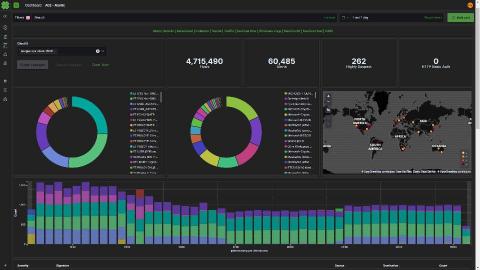A guide to penetration testing for compliance
In many cases, penetration testing – a type of ethical hacking engagement designed to identify and address security vulnerabilities in networks, systems and applications – is required. Sometimes this requirement is specified directly, while in other cases it is implied by a need to build audit or assessment processes to mitigate cyber risk. This blog identifies some of the most common pen testing standards and regulations and provides guidance about the type of testing required.











